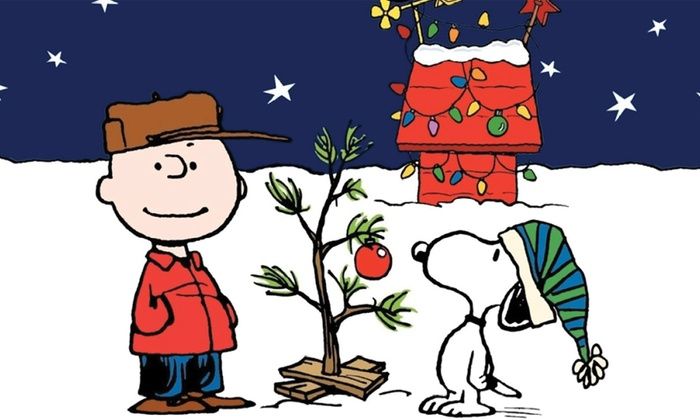Lee Mendelson, who died Wednesday (Dec. 25) at 86, produced tons of pretty good television and 30 minutes of perfection.
That half-hour leaves him forever in the warmest part of our memories. He recalled it in his 2000 book: “A Charlie Brown Christmas: The Making of a Tradition.”
Back in 1965, Mendleson was 32, fresh from Stanford, the Air Force and some success with a San Francisco TV station. He had made a documentary about Willie Mays, then pondered a quirky idea – going from “the world’s greatest baseball player (to) the world’s worst baseball player.”
That’s Charlie Brown, in the “Peanuts” comics. Mendelson called “Peanuts” creator Charles Schulz, who agreed to a documentary. The result added two key elements:
– Bill Melendez, a former Disney and Looney Tunes producer. That idea came from Schulz, who liked his work on a “Peanuts”-themed Ford commercial.
– Vince Guarini, a light-jazz composer known for “Cast Your Fate to the Wind.” That was NOT Schulz’s idea. “He told a reporter, ‘I think jazz is awful,’” David Michaelis wrote in the 2007 book, “Schulz and Peanuts.”
After finishing the documentary, Mendelson couldn’t find a buyer. (A half-century later, parts of it were included in a 2015 documentary.) But an ad-agency man liked it and called Mendelson, saying Coca-Cola was interested in a cartoon Christmas special with Charlie Brown.
The catch: They only had six months – about half the usual time – to do it. The project rushed ahead.
Schulz wanted an anti-commercialism theme and a scrawny tree. He accepted Guarini – who wrote the now-famous theme song – and insisted on child actors, no laugh track and a full minute of Scripture.
Mendelson resisted that last part, Michaelson wrote, saying “but this is an entertainment show.” But Schulz was adament. He later said the biggest blessing was the short time frame; there was no chance for sponsors or the network to meddle.
One quick step involved the gorgeous tune Guarini had written for the opening. “We all felt it needed some lyrics,” Mendelson wrote. “Because we were running out of time, I wrote some lyrics in about 15 minutes on the back of an envelope. The song became ‘Christmas Time is Here,’ which has become a holiday standards, covered by dozens of recording artists. Who knew?”
Certainly, no one seemed to know what they had. When Mendelson showed it to two CBS executives, he wrote, he was told it was “a little flat” and a “little slow,” then was told: “We will, of course, air it next week, but I’m afraid we won’t be ordering any more.”
But they had already promised to show it to Time magazine writer Richard Burgheim. The resulting review praised “a special that really is special,” one that is “unpretentious,” with a “refreshingly low-key tone.” He added “‘A Charlie Brown Christmas’ is one children’s special that bears repeating.”
Mendelson would feature Charlie Brown in at least 45 more specials, plus a Saturday morning series, a mini-series, several movies and a Broadway show. He also had “Garfield” and “Mother Goose and Grimm” series, plus “Cathy” and “Babar” specials.
Disney bought the rights and has continued to make more Charlie Brown specials after Schulz’s death, at 77, in 2000. And it has followed the suggestion of repeating “A Charlie Brown Christmas.”
This year, Disney-owned ABC ran it on Dec. 5 and again on Dec. 17. Lee Mendelson died eight days later; it was the morning of Christmas, a day he had helped to enrich.
